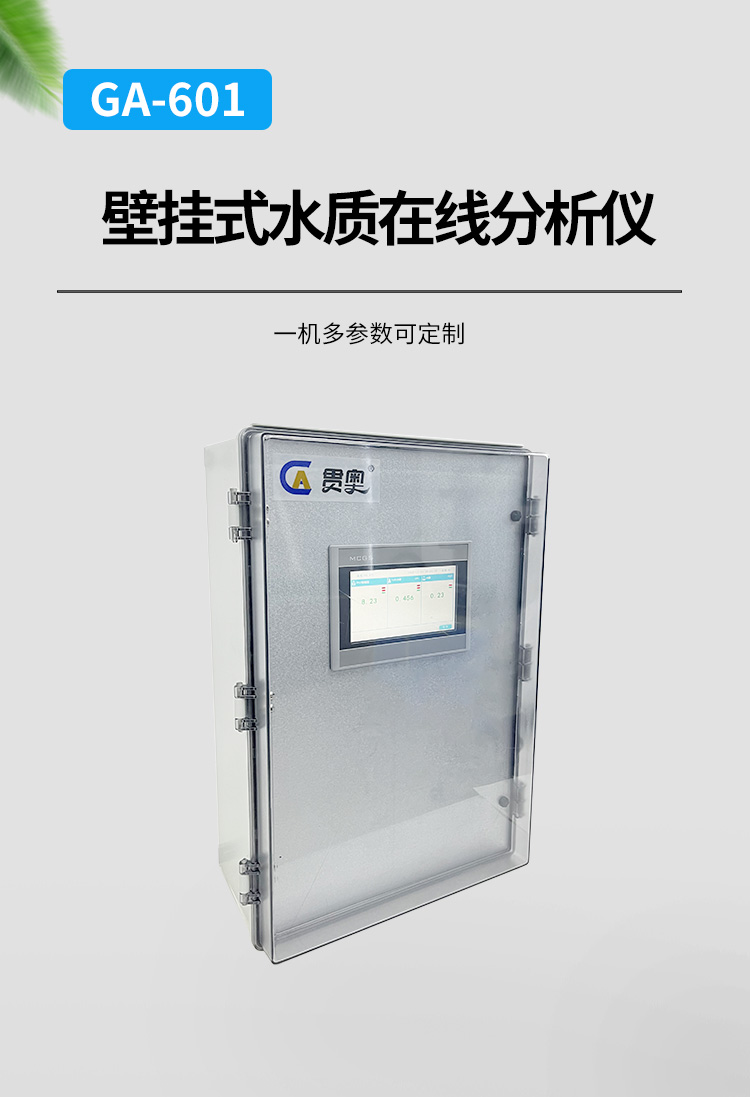Residual chlorine is one of the important indicators in the testing of hospital sewage. As a complex water quality situation, there are strict national standards for the discharge of hospital sewage. Generally, the generated sewage needs to be disinfected before it can be discharged, and the testing of residual chlorine can determine whether there are problems with the dosage and effectiveness of disinfectants to ensure that the discharged sewage meets the specified requirements. What are the testing methods for residual chlorine in hospital sewage?

Spectrophotometer: A spectrophotometer is a common instrument for testing residual chlorine. It calculates the residual chlorine content in a sample by measuring the absorbance of iodine ions in the sample. Typically, measurements are made using the UV wavelength range (190-400 nm). Spectrophotometer has the characteristics of high measurement accuracy and good reliability, but it requires professional technical personnel to operate and maintain.
Electrochemical residual chlorine tester: The electrochemical residual chlorine tester is a portable testing instrument suitable for on-site or field testing. This instrument measures the residual chlorine content in the sample through the electrochemical principle, and has the characteristics of simple operation and convenient use. However, due to its limited measurement range and accuracy, it is suitable for general residual chlorine testing.
Residual chlorine kit: A kit is a common method for testing residual chlorine, usually consisting of reagents, colorimetric cards, etc. This method is suitable for on-site rapid testing and preliminary screening. However, the accuracy and accuracy of the kit are relatively low, and are susceptible to environmental factors and interfering substances.
Residual chlorine ion selective electrode: An ion selective electrode is a commonly used instrument for measuring ion concentration, which can be used to measure the concentration of chloride ions in a sample and then calculate the residual chlorine content in the sample. This instrument has the advantages of simple operation and rapid measurement, but care should be taken to avoid contamination and damage when it is needed for use and maintenance.
The following issues need to be noted when testing residual chlorine in hospital sewage:
Select the appropriate testing method: When conducting testing, we need to select appropriate testing methods and instruments to ensure the accuracy and reliability of the test results. At the same time, it is necessary to calibrate and maintain the instrument to avoid errors and drift.
Clarify the installation scope: Before installing residual chlorine testing equipment, it is necessary to clarify the testing location and restrictions. The points for residual chlorine testing should cover the main discharge outlets and key nodes of hospital sewage. At the same time, it is necessary to consider the sensitivity and testing limitations of testing methods and instruments to avoid water leakage and misjudgment.
Test frequency: A reasonable test frequency needs to be established. Determine the testing cycle and frequency based on the actual situation, and ensure the measures and methods that should be taken when problems occur.
Analyze test data: After testing, data needs to be recorded and analyzed. Facilitate data analysis and troubleshooting.
It should be noted that different residual chlorine testing instruments and methods have their own advantages and disadvantages. Choosing a suitable instrument and method requires considering multiple factors such as the nature of the water sample, the purpose of the test, accuracy requirements, and the use environment. When conducting residual chlorine testing, relevant standards and procedures should be followed, and reasonable quality control should be conducted to ensure the reliability and accuracy of the test results.
最新动态
相关推荐